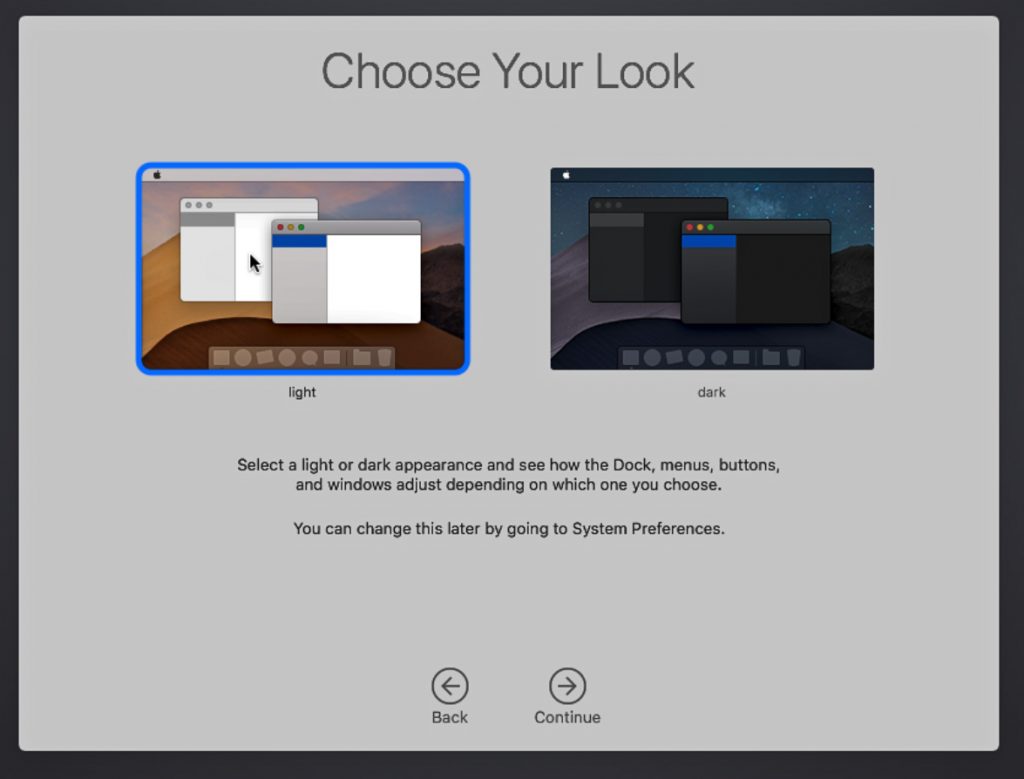The Octave Wiki has instructions for installing Octave on macOS systems. Octave is also available in third-party package managers such as Homebrew and MacPorts. After the recent upgrade to macOS Big Sur the GUI of Octave won’t work anymore. Only the CLI is running correctly.
I provide another instructions to install Gnuplot 4.4.0 compiling it yourself on Mac OS X.
There are some possibilities to install Gnuplot on Mac OS X, none of them is “official”, since the Gnuplot project doesn’t provide binaries for Mac OS X. It’s actually quite easy to configure and compile Gnuplot (i.e. ./configure; make; make install), but some terminals are not built due to missing dependencies and this makes Gnuplot less powerful.
There is some information on the web about running Gnuplot on Mac OS X already (http://lee-phillips.org/info/Macintosh/gnuplot.html , http://maba.wordpress.com/2006/08/02/scientific-plotting-on-mac-os-x-using-gnuplot-and-plot/ ) and there is also http://www.finkproject.org/ and http://www.macports.org/ but there is IMO an easier way (though it still needs some work): there is a Gnuplot installer provided by Octave! Here are the instructions:
- Download Octave for Mac OS X from the Octaveforge homepage (latest version at time of writing was 3.2.2).
- Open the downloaded dmg file and browse to the Extras folder
- Open gnuplot-4.2.5-i386.dmg and copy Gnuplot.app to your Applications folder (or anywhere else).
- Alternatively you could directly download the gnuplot-4.2.5-i386.dmg from here.
That’s about it. Or at least it should be. Usually you just open Gnuplot.app and start plotting. But unfortunately the default aquaterm terminal doesn’t work for me always (on one Mac it did, on another it didn’t – maybe Aquaterm shouldn’t be installed before). So we need to hack Gnuplot.app so that X11 (which is also more powerful) becomes the default terminal.
- Right click on Gnuplot.app and choose “Show Package Contents”.
- Browse to Contents/Resources and edit “script” with your favorite text editor
- Replace both lines do script (“exec ‘${ROOT}/bin/gnuplot'”) with do script (“GNUTERM=x11 exec ‘${ROOT}/bin/gnuplot'”) . X11 will then be the default terminal.
Octov Mac Os Update
You might also want to have gnuplot available in your usual terminal session. This is also no problem. Just run the following command in your terminal

where username is your user name. /Users/username/bin must be added to the path, so that Gnuplot works form everywhere, e.g. you could add the following to the /Users/username/.profile file
If you run gnuplot from the Terminal.app again the Aquaterm terminal is the default. This can be changed by adding

Octave Mac Osx
to your .profile file.